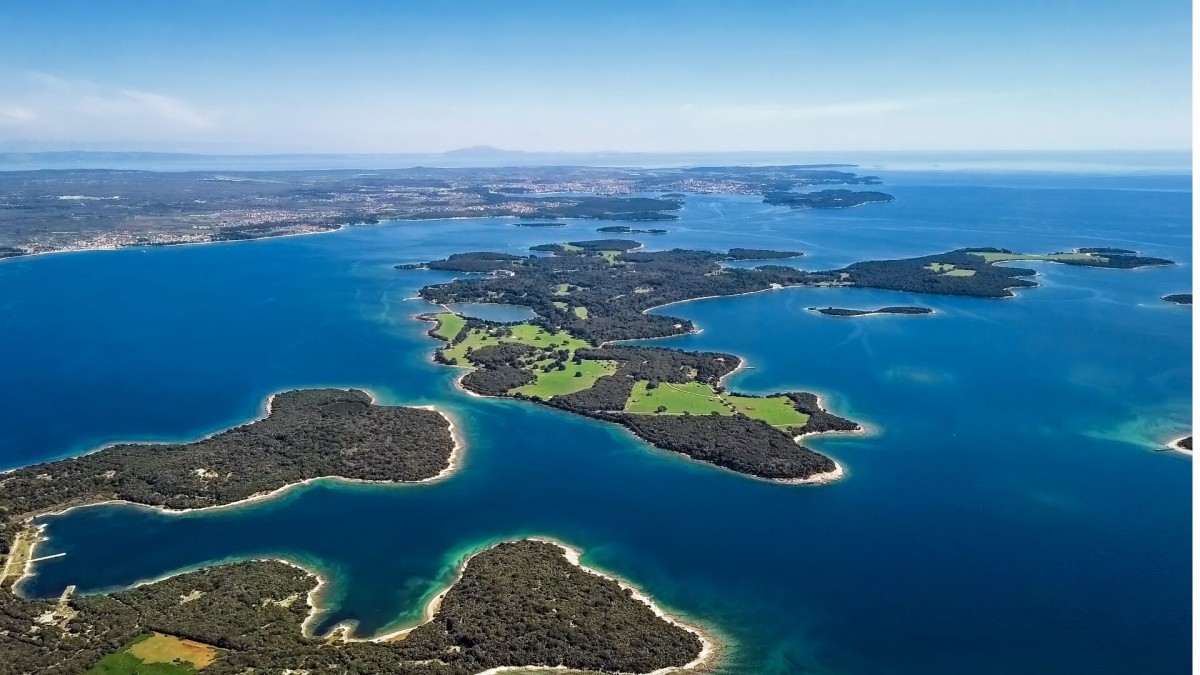
Today we’re diving into Brijuni, a band of magical islands in the northern Adriatic, just off the coast of Istria. This cluster of 14 islands was created when they separated from the former Istrian mainland. Today, Brijuni is the largest island group on the Istrian peninsula’s western coast!
Not only do the Brijuni islands have a fascinating history (we’ll get into that later), but they’re known as a haven for nature enthusiasts and serenity seekers, where relaxation thrives thanks to breathtaking beaches, unique flora and fauna, and incredible architectural and cultural heritage. An isolated island group that is just close enough to the murmurs of busier towns on the Istrian mainland, like Fažana, Vodnjan, and Pula, Brijuni is one of Croatia’s best off-the-beaten-path destinations where travelers go to explore under-tourism.
Known as a luxurious tourist resort in Yugoslavia and a famous national park and protected area today, you’ll quickly realize that there is more than Brijuni’s stunning landscapes to draw in nautical tourists.
History
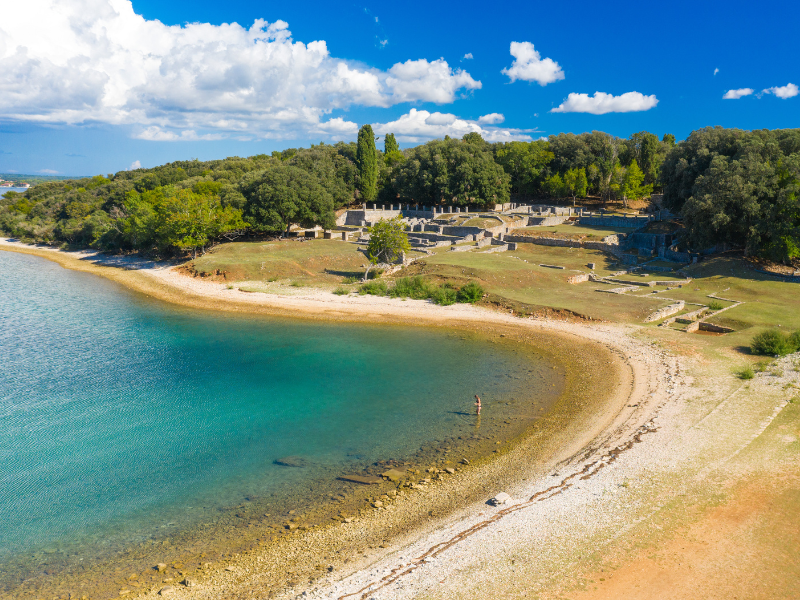
Brijuni’s history dates back to ancient times when the Illyiarians inhabited the area, and the Romans were among the first to discover the benefits of Brijuni’s rural life. The Romans built villas on the islands, the remains of which can still be seen today in the famous Verige Bay. These islands continued to attract the wealthy and became a popular summer residence for Roman and Venetian aristocrats. Over the centuries, the islands were ruled by various powers, including the Venetians, Austrians, and Italians.
The pages to Brijuni’s history became more interesting in the early 20th century when the industrialist and philanthropist Paul Kupelwieser purchased the islands. He transformed Brijuni into a popular tourist resort for the rich and famous. Kupelwieser thus built luxurious villas, hotels, and other amenities on the islands, attracting famous international visitors. He also eradicated malaria on the islands by bringing in famous bacteriologist Robert Koch. The islands then developed and became Austria's fashionable climatic health resort.
The Germans and the Yugoslav Partisans occupied the islands during World War II, after which Brijuni became the summer residence of Yugoslav president Josip Broz Tito. Tito used Brijuni as a venue for state visits and meetings with world leaders and also established a safari park which is still a popular attraction today. This period was known as the golden era for Brijuni, and after Tito died in 1980, the islands became a national park and tourist destination.
Interestingly, Brijuni was inhabited a little over one hundred years ago, with about 700 residents. The last inhabitants, a three-member family of lighthouse keepers, left the same year when excursionists started visiting (1984). Today, visitors can explore Brijuni’s rich history, natural beauty, and diverse flora and fauna, and enjoy hiking, cycling, and golf.
Marinas
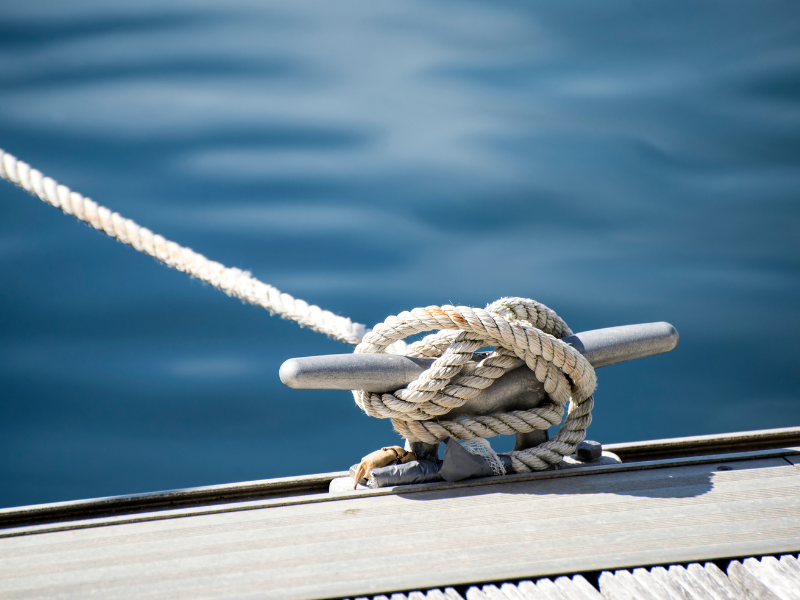
Brijuni is a small paradise for boaters thanks to its indented coastline, microclimate, and favorable geographical location, so it's no surprise that there are facilities for your next sailing trip, located on the two largest islands - Veli Brijun and Mali Brijun.
The main port is located on the island of Veli Brijun and has berths for boats up to 55 meters long. The marina has electricity and water connections and showers and toilets for visitors.
St. Nicholas’ Bay on Mali Brijuni is considered a new nautical destination within the Brijuni archipelago. With an area of approximately 100 hectares, this island was once an integral part of Veliki Brijun. Today, these two islands are separated by the Tisnac Channel. The Mali Brijun coast is adorned with coves and pebbled beaches - a sailor’s dream.
The best time to sail Brijuni is from May to October when the weather is most pleasant. Boaters can explore the pristine natural beauty of the islands, visit historical sites, and enjoy activities such as hiking, swimming, and snorkeling. The marinas also provide access to the restaurants and other facilities on the islands, making them an excellent base for a day trip or a more extended stay.
Beaches
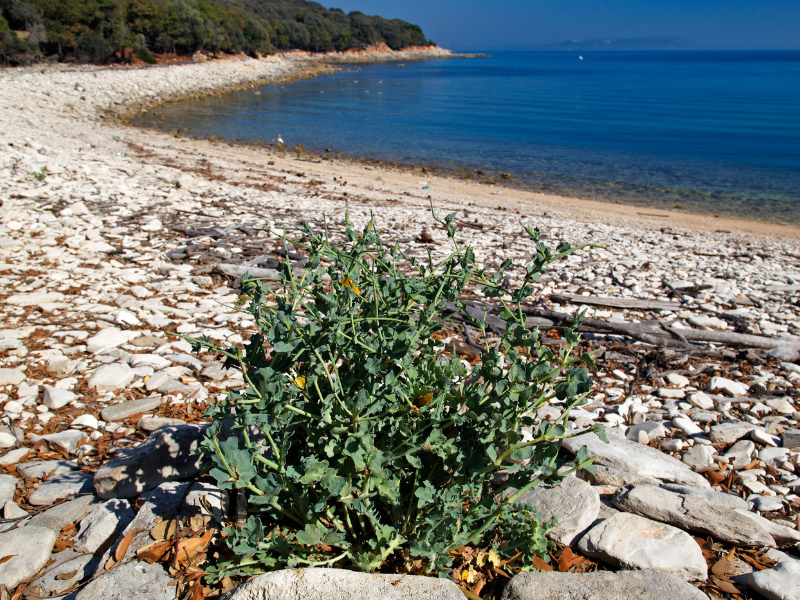
This island group is not shy about its beautiful beaches, each boasting a unique charm, like Verige Bay, a pebble beach on the southern coast of Veliki Brijun island. This gem is ideal for swimming, snorkeling, and sunbathing, thanks to its crystal clear waters and stunning views of the surrounding islands. Kamenjak is another popular swimming area on the southern coast of Veliki Brijun, while the small and secluded Saluga Bay on the northeastern coast of the same island offers boaters a picture of peace, enveloped by centuries-old pine trees and a little bistro nearby.
The small island of Sveti Jerolim is also a perfect beach day spot surrounded by lush greenery. This island got its name from a church and monastery destroyed by stone mining, and only the foundations of this church remain today. But that doesn’t mean there are no amenities here - visitors can rent loungers and umbrellas or recharge at a cafe bar.
Restaurants
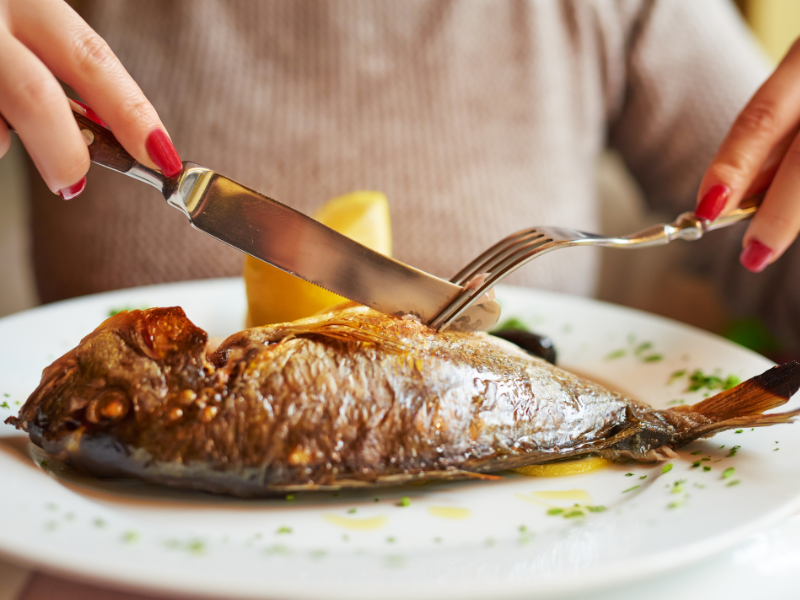
The culinary offer on Brijuni has attracted attention since the beginning of the 19th century when Paul Kupelwieser launched luxury tourism here. While you won’t find many restaurants today, that doesn’t mean you can’t enjoy Istrian cuisine. And let’s not forget you’ll be dining with unbeatable views to enhance the overall experience.
Galija is the most popular restaurant in the national park, located near the central quay. Creative Mediterranean cuisine is embellished with a fresh selection of fish, local meat dishes, and flambéed desserts, while the menu highlights dishes according to old Brijuni recipes.
Neptun is a buffet restaurant located within the hotel of the same name, offering Mediterranean meals to their guests, while the restaurant’s cafe is the best place to cool off with cocktails, coffee, and sweets.
Don’t miss Bistro Plaža if you’re having a beach day in Saluga Bay, where your meal is completed by a view of the Istrian peninsula and shade provided by centuries-old pine trees, and sit back with a coffee or light sandwich at Café Školjka, situated on the ground floor of Villa Magnolija built in 1912.
Attractions
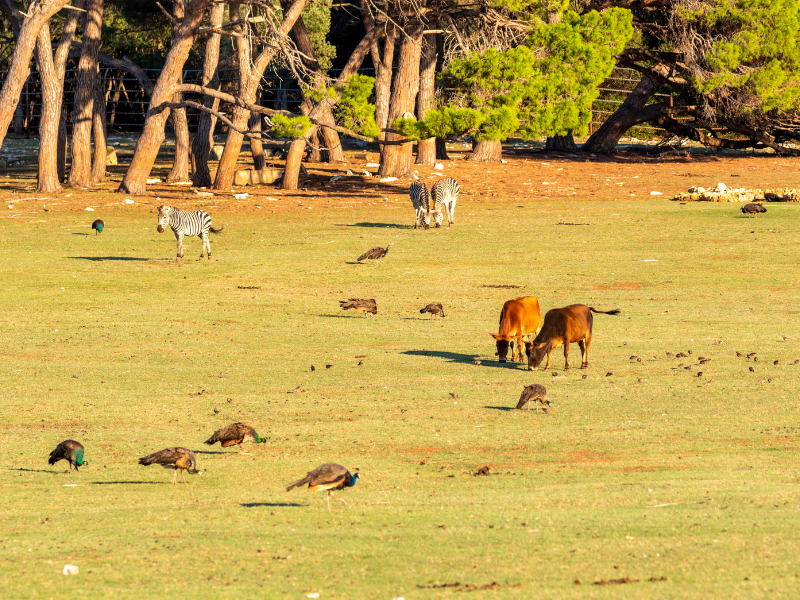
And what about the top tourist attractions? We can’t begin without mentioning the most famous - Brijuni National Park itself. This national park covers an area of about 18 square kilometers, and visitors can explore it on foot or by bicycle, take a guided tour, or enjoy a ride on a tourist train. In addition, the park offers several trails for hiking and cycling that take visitors through its diverse ecosystems, with paths through its lush vegetation and rocky hills. Brijuni National Park also features a range of flora, fauna, and historic sites.
Namely, this national park is home to over 700 species of plants, including several endemic species unique to the region. The park is also home to wildlife, including deer, rabbits, wild boar, and various bird species.
As we have already mentioned, human activity on Brijuni dates back five millennia. And even though these islands have a surface area of only 7 km2, you can explore some 100 localities and archaeological sites from the first neolithic settlements until today. One of the most popular is the Roman villa.
The Roman Villa is a well-preserved site located on the eastern side of Veli Brijun. The villa dates back to the 1st century and features a range of architectural styles, including Roman, Byzantine, and Venetian. You can also explore the underwater Roman remains by snorkeling or diving. St. Mary's Church is another attraction worth visiting. This beautiful three-nave church is found on Mali Brijun and dates back to the 15th century. A highlight is its stunning frescoes and intricate stone carvings. There is also the Byzantine castrum, Venetian castle, and tower, and a fortified Bronze Age settlement.
However, what makes Brijuni special compared to other Croatian national parks are exotic animals from different parts of the world. The Brijuni Safari Park is home to a range of exotic animals, which Tito received as a gift from politicians who visited. The most exotic was certainly Sony, the largest Indian elephant in Europe, which weighed up to five tons. He came to Brijuni in 1970 as a two-year-old baby and was a gift to Tito from Indira Gandhi. He lived with his companion Lanka, an Indian elephant, for about 40 years. Today, only Lanka is alive and celebrated her 50th birthday last year. Today, visitors can also see surviving descendants of zebras and Indian cattle, as well as llamas, Cameroonian goats, and ostriches.
Speaking of animals… Brijuni also features geo-paleontological sites where more than 200 dinosaur footprints have been discovered, dating back 130-100 million years ago! Boaters can see a three-toed print in the limestone block when sailing into the Veliki Brijun port, while dinosaur tracks have been discovered at four sites - Veliki Brijun and the islands Vanga, Galija, and Vrsar. A dinosaur reconstruction, or a scientific and artistic sculpture of the predatory carnivore ‘theropod,’ can be found on Cape Vrbanj.
You should also tour the Mediterranean Garden, created in 2007 on the site of the former forest nursery. Here you can see 169 native and exotic plants, accompanied by plates with QR codes to learn more about each plant species. And, of course, don’t miss a visit to one of the oldest olive trees in the Mediterranean. Not only is the olive tree an integral part of Brijuni's unique landscape, but this tree is about 1600 years old!
Furthermore, Tito's Museum is located on Veliki Brijun and is dedicated to the former Yugoslav leader, Josip Broz Tito. The museum features a range of exhibits, including photographs, personal belongings, and gifts from world leaders. And to end, one of Brijuni’s most exciting attractions - Tito's Cadillac. Parked under a protected dome and in excellent condition, this dark green Cadillac is a luxury old-timer that once covered 18,000 miles when Tito drove it around the islands from 1953 to 1979. He even had famous passengers like Egyptian President Gamal Abdel Nasser, Indian politician Jawaharlal Nehru, Indian Prime Minister Indira Gandhi, Prince Sihanouk of Cambodia, Queen Juliana of the Netherlands, cosmonaut Valentina Terješkova, actors Sophia Loren, Elizabeth Taylor, and Richard Burton, and singer, dancer, and actress Josephine Baker. And the best part? Visitors can rent the famous car for a ride around the island, too!
Overall, Brijuni is a fascinating destination with a world of opportunities for yacht owners and their guests, no matter their interests. If you feel inspired by Brijuni's rich history and offer there is nothing left to do but to match you with a yacht that will take you to this adventure so check out our fleet and contact us for further information!
